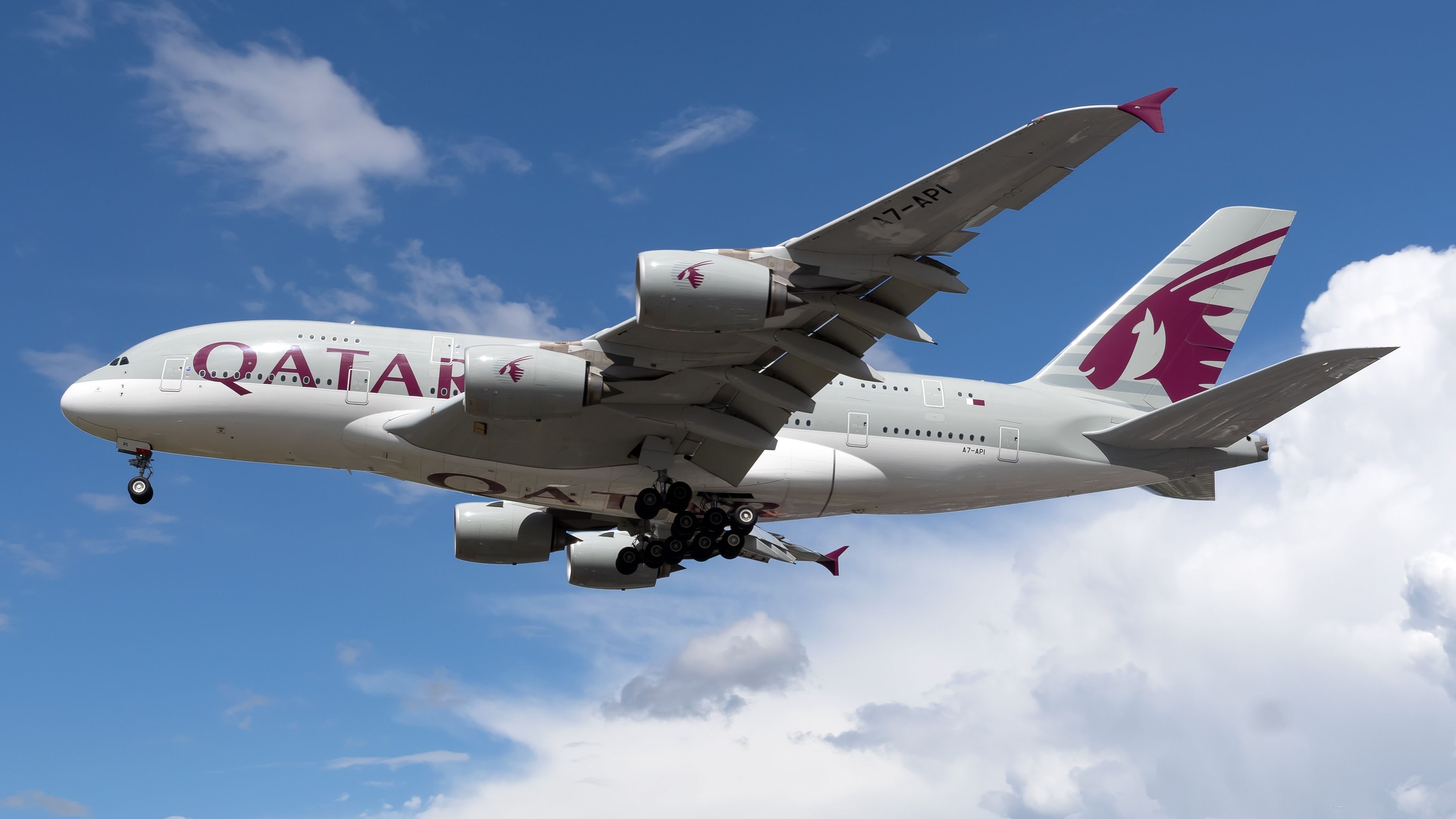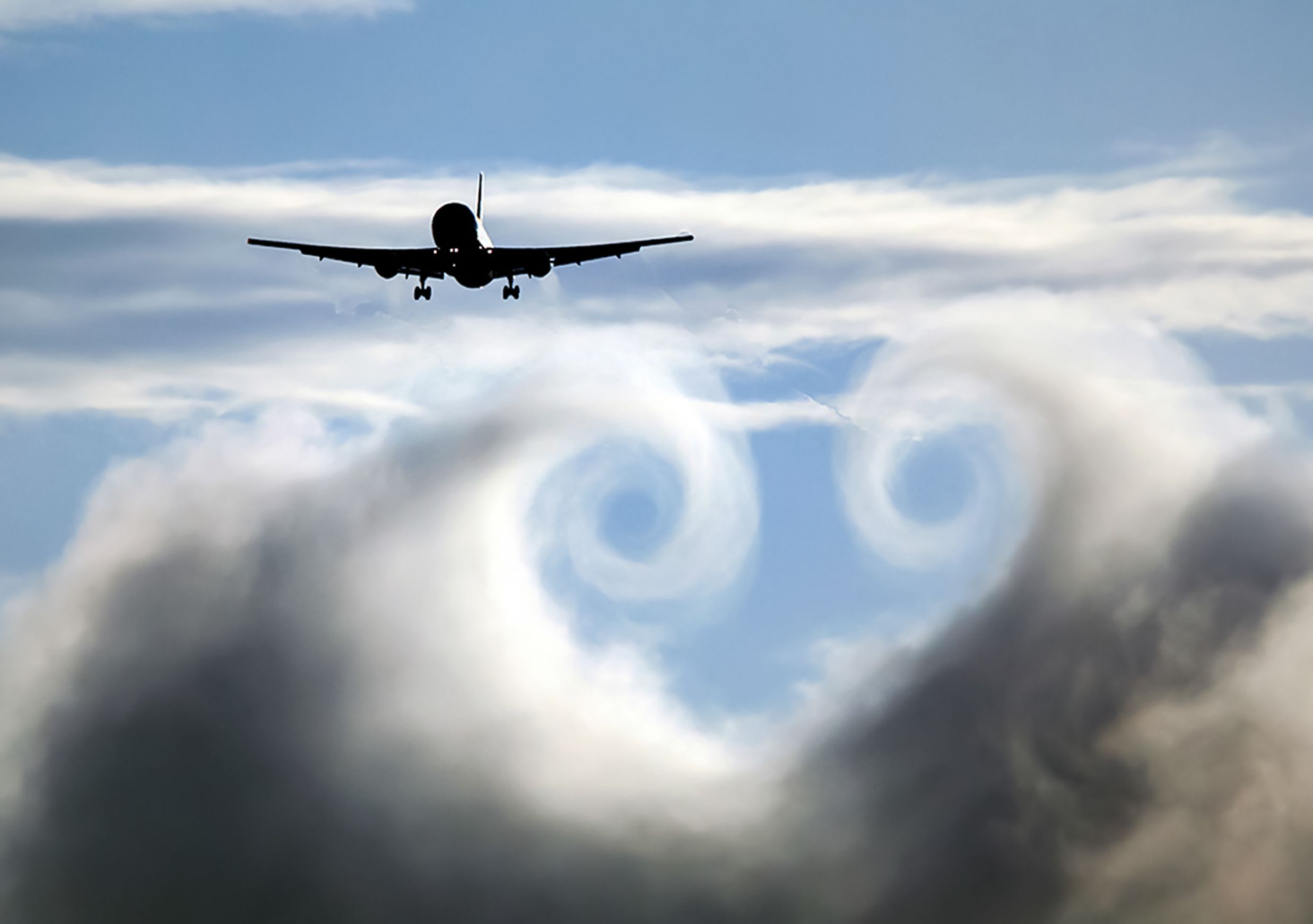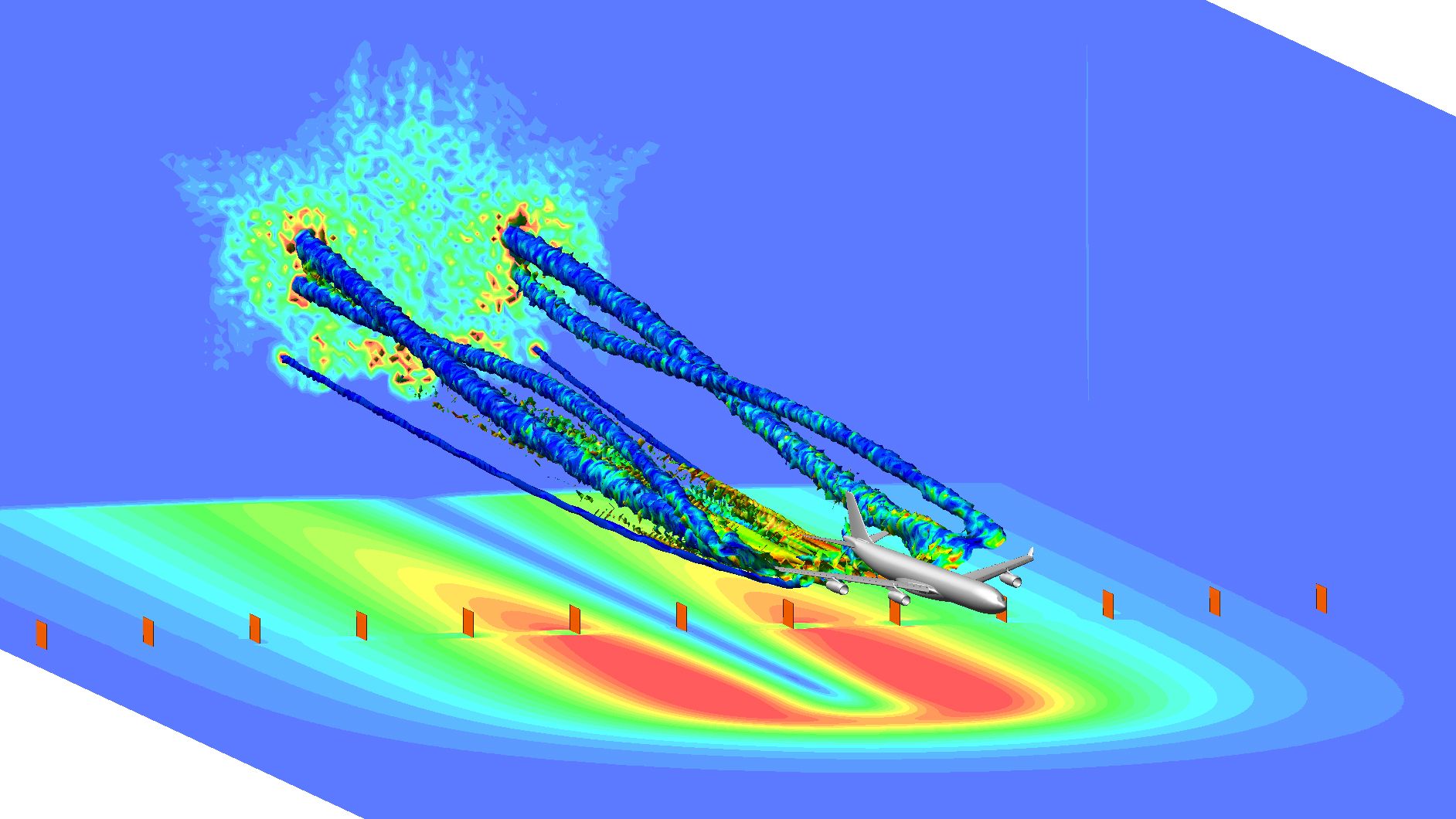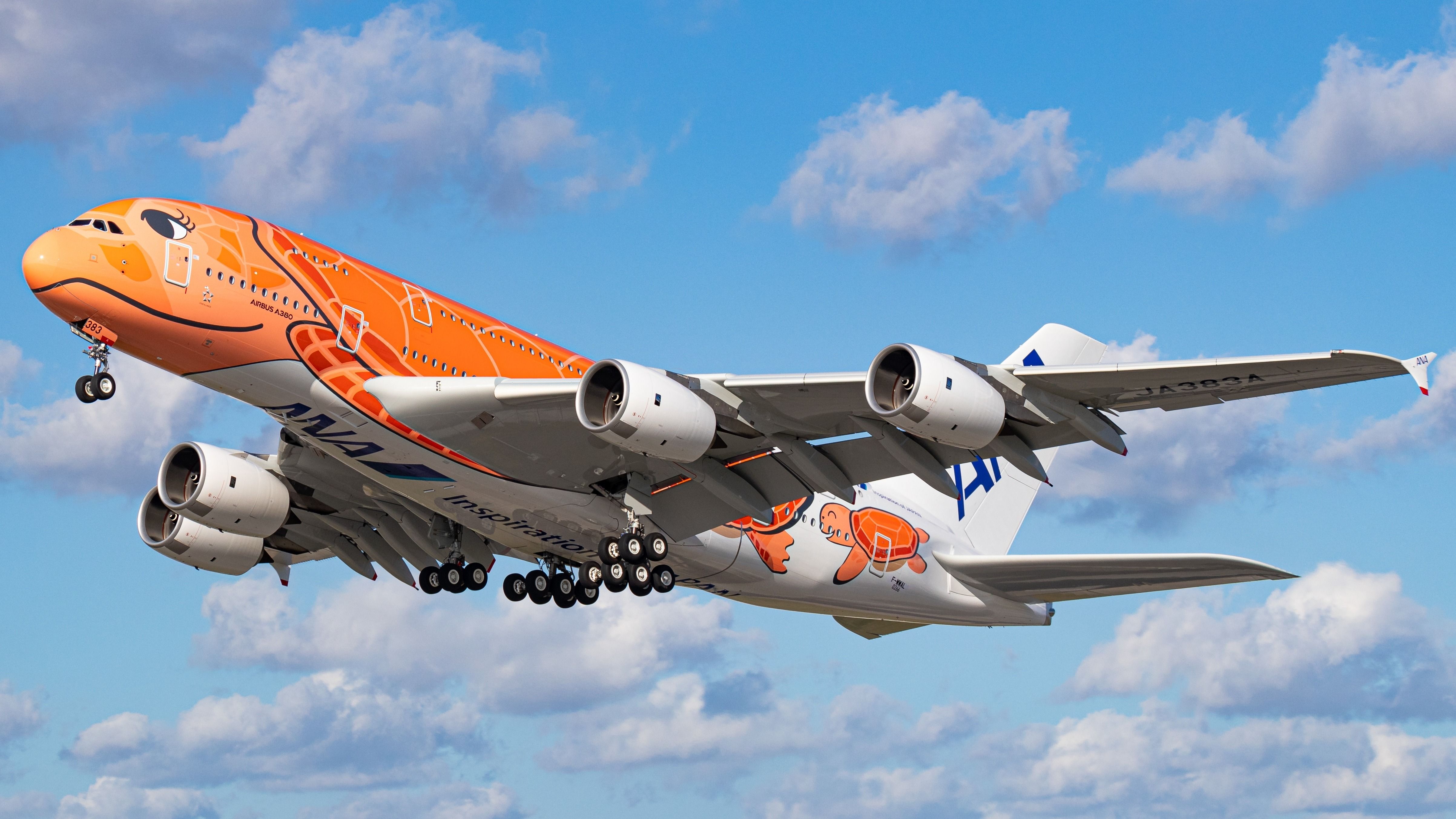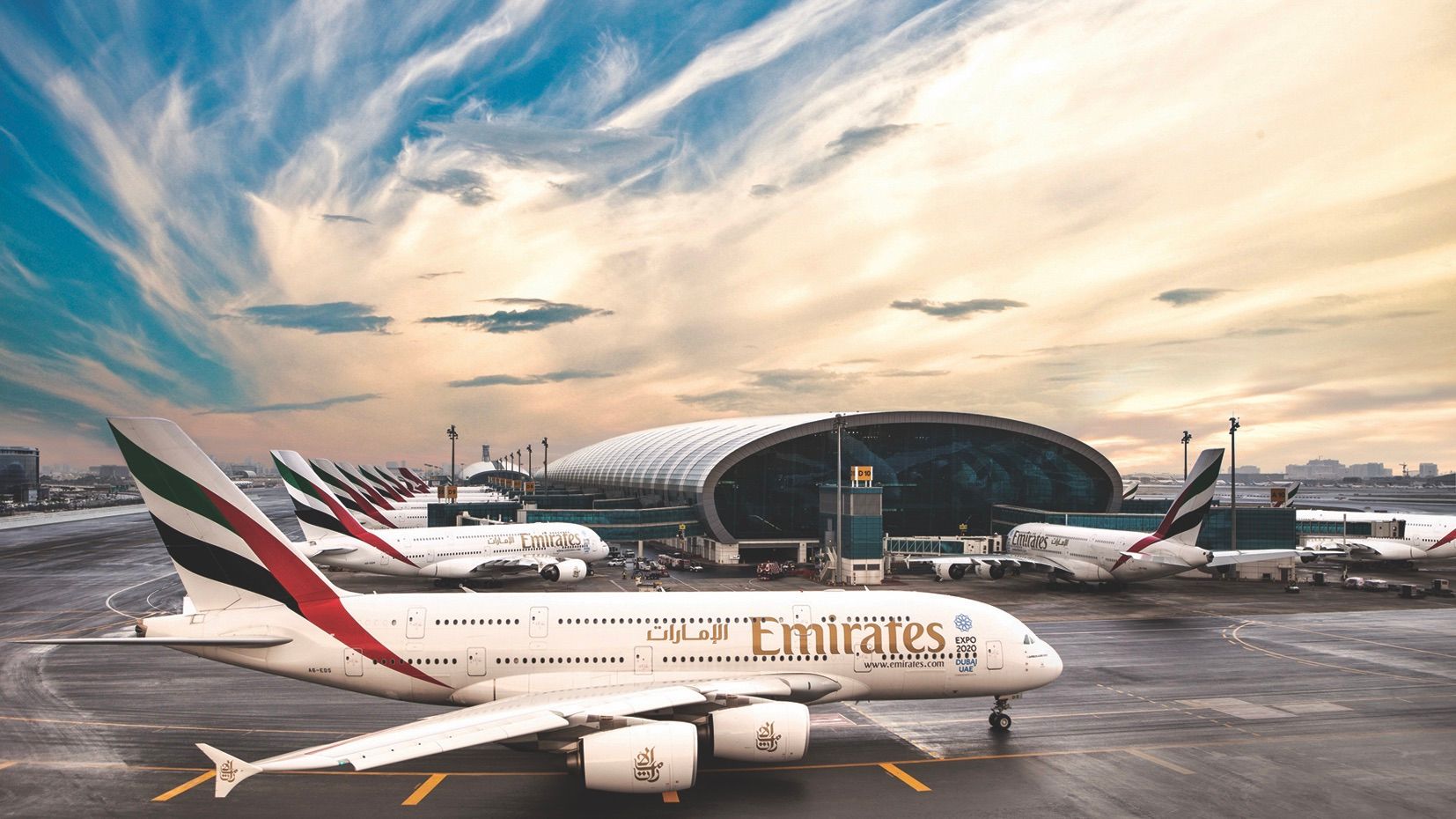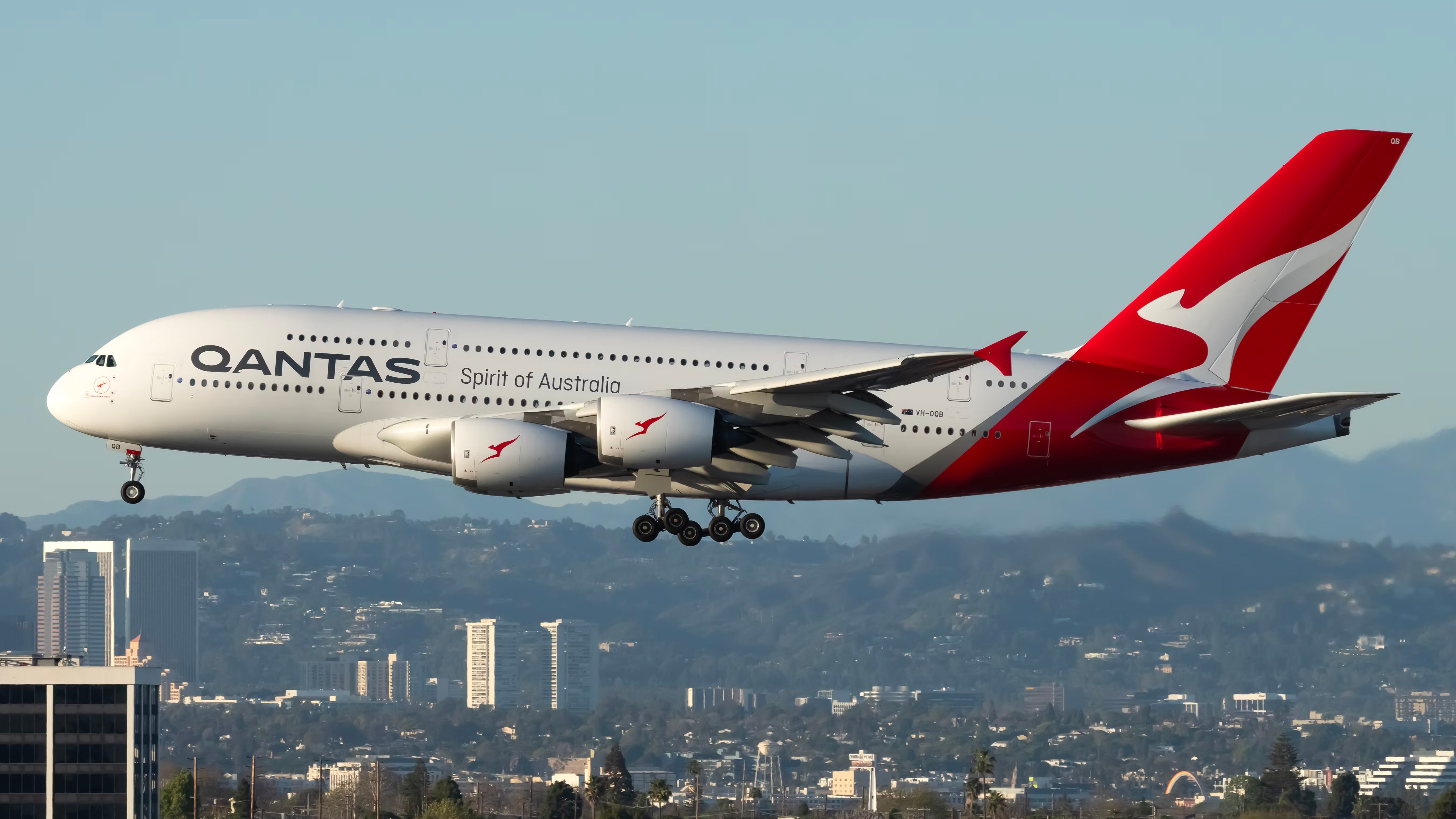There is no hiding the fact that the Airbus A380 is an enormous plane. At 73 m long with an 80 m wingspan, the A380 generates more wake turbulence than smaller aircraft. This means that planes flying immediately after A380s must be carefully sequenced to avoid such turbulence, particularly smaller planes that are more at risk during turbulence events.
It is critical for the safety of the following aircraft that it adheres to the correct protocols. Wake turbulence has led to multiple fatal crashes over the decades, as well as some terrifying and damaging incidents. When it comes to the Airbus A30, how much space exactly is needed?
What is wake turbulence?
Planes disturb the air as they fly through it, owing to their size and speed. Their presence causes turbulent air to form behind them, which can become dangerous for other aircraft if they are caught up in it. When you consider that aircraft land at a rate of one every few minutes at busy airports, it's important that air traffic controllers and pilots are aware of the threat of wake turbulence.
One component of wake turbulence is known as jetwash, and is a more immediate aspect of the phenomenon. The term refers to the gases themselves that collect in the area behind an aircraft having been propelled from its engine(s). This tends to occur on a more short-term basis, although the turbulence itself that arises as a result can be more violent.
Check out Simple Flying's guide on how dangerous turbulence can be.
Meanwhile, wingtip vortices tend to remain present for a longer time, which can last for several minutes after the aircraft passes. These arise when a wing generates lift, with low pressure above it drawing air from below the wing to the area above. This produces turbulent wingtip vortices, which, as seen below, can be a rather more visible phenomenon.
How much space is needed behind A380s?
The key to avoiding a wake turbulence event is to ensure sufficient separation between aircraft. This is why protocols are in place to minimize the risk of such incidents. Being the largest passenger-carrying aircraft in the world, the Airbus A380 generates more wake turbulence than other, smaller designs.
As a result, this must be factored in by air traffic controllers when they are sequencing aircraft flying immediately behind it - a failure to sufficiently avoid wake turbulence can, at the very least, make for an uncomfortable experience and, at worst, endanger an aircraft and its occupants.
According to Skybrary, there are various time and distance requirements depending on the size of the aircraft following the A380. In terms of time, it states that 'medium' aircraft must land at least three minutes behind the double-decker, with 'light' models requiring four.
Meanwhile, light and medium planes must take off at least three or four minutes (runway-dependent) after an A380 has departed. For other 'heavy aircraft,' this is shortened to two minutes - interestingly, under the International Civil Aviation Organization's (ICAO) wake turbulence groups, the Airbus A380 is the only passenger jet considered a 'super-heavy aircraft.'
In terms of distance, Skybrary lists the minimum required separation between an A380 and a following light aircraft to be as much as 14.8 km (8 NM). Meanwhile, medium aircraft require 13 km (7 NM) of separation, and heavies need 11.1km (6 NM). These distances are required in both the departure and approach phases of a given flight.
Effect on airport capacity
For airports where the A380 is a common fixture, the required distances can impact their capacity - this is because they can limit the number of aircraft that can arrive and depart over a given period if several A380s pass through during this time. Of course, with Emirates being the largest A380 operator, its Dubai International (DXB) hub is at risk of this.
However, the airport was able to increase its capacity by implementing new separation procedures in 2021. Eurocontrol, Emirates, and flydubai have partaken in an Enhanced Wake-Turbulence Separation program, with studies dating back as far as 2013.
The result is the new separation procedure known as RECAT. According to Air Insight, the new system can allow up to three extra arrivals and six extra departures every hour during peak periods. As traffic increases with the industry looking to recover from the effects of the ongoing coronavirus pandemic, this extra capacity will be very useful indeed.
Notable turbulence incidents
There have been a few occasions over the years when an aircraft has gotten too close to the wake of an A380 and suffered turbulence as a result. In one case, a Qantas A380 had a bumpy ride due to wake turbulence left by another Qantas A380 flying around 37 km (20 NM) ahead - fortunately, no passengers were injured and the aircraft did not take any damage.
A more serious incident occurred in 2017 when a business jet flew into the wake of an Emirates A380, sending it into an uncontrolled descent. The Bombardier Challenger 604 (registration: D-AMSC) plummeted up to 9,000ft and reportedly rolled three times before pilots were able to reassume control of the aircraft.
Multiple passengers and crew onboard were hospitalized, and the aircraft was eventually written off and scrapped for parts after the terrifying incident.
Honorable mention to the An-225
Surprisingly, the giant (and sadly now-destroyed) Antonov An-225 - at 84m long with an 88m wingspan - was not in ICAO's super-heavy wake turbulence category, although it held this designation under the Federal Aviation Administration (FAA) and UK Civil Aviation Authority (CAA).
Have you ever been on a flight that has taken off straight after an A380 and subsequently needed to wait a little longer? Let us know your thoughts and experiences in the comments.
Source: Skybrary, Air Insight

